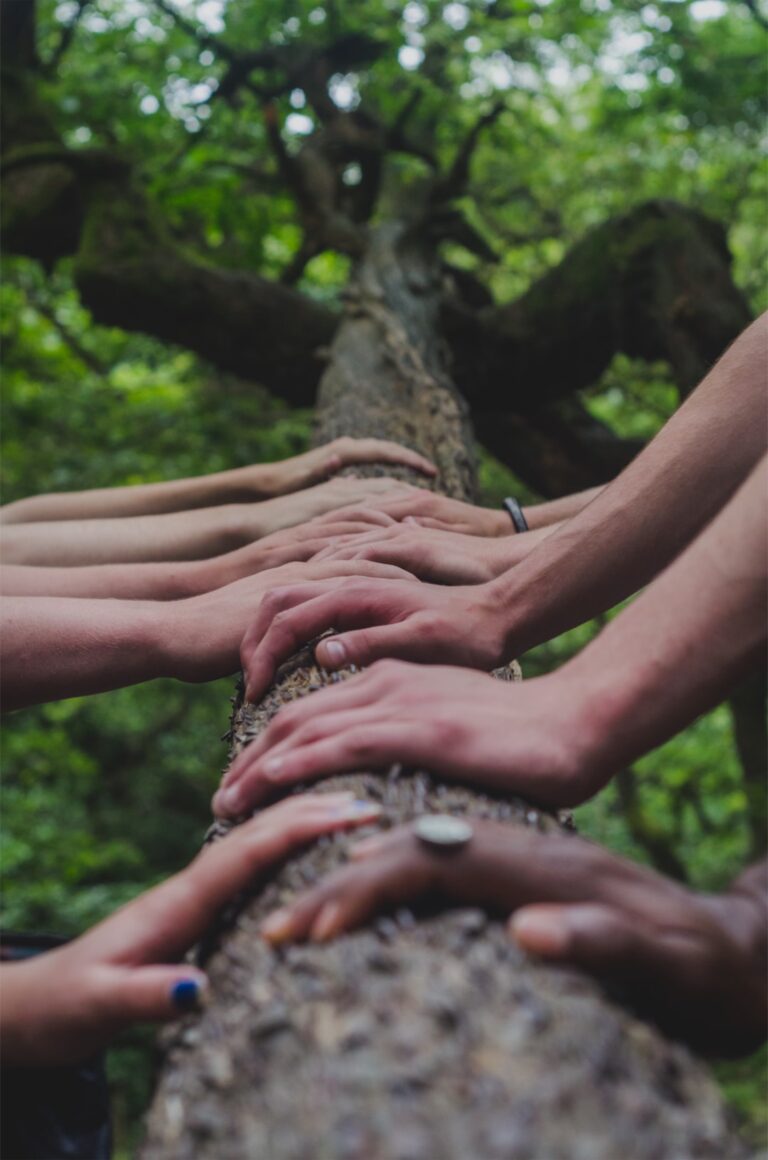The process of building a community can be challenging. Each community is unique. Community spaces illustrate a broad spectrum of cultures, genders, classes, interests, and geographical locations. The Latin American community, or LATAM, has a unique communal bedrock due to its diverse demographics and linguistic makeup. Regarding cultural diversity, some consider Latin America to be the UNITED NATION of the world. In addition to the wide geographical range, one thing that is evident in the LATAM community is the historical traumas embedded in the region’s soil. This nation’s history has created a rocky foundation for developing firm brands, niches, community outreach, and stable economic roots. As a result, providing healthy soil for the community is a complex process that includes mental and social issues. Among the roots worth exploring are those related to communication and mental health for the Latin American community. Another mental issue derived from digging more profound in the soil is narcissism, but this topic is less discussed or lacks social awareness within the community. It is even more concerning that these mental and social concerns go undetected or are masked behind normalized behavior or cultural norms. The purpose of this post is to illustrate and describe the common behaviors within the LATAM community and to describe narcissism, which leads to the concept of a Latam Community Narcissistic Connection: The Story.

DESCRIPTION OF NARCISSISM
There is a sensitivity tag attached to the word narcissism. A lack of awareness and open discussion will likely exist in the community. The personality trait of narcissism is characterized by entitlement, grandiosity, Lack of Empathy, Envy, Rage, and Explosiveness (Bender 2012). There are traits and disorders associated with Narcissism. Each term must be defined and identified in professional, social, and psychological terms.
Moreover, a licensed mental professional must diagnose a persona with this psychological disorder. To understand the term further, please visit the Psychiatry online website. To identify its seeds in our communities, we need to understand these terms and their psychological definitions. It is also possible to uncover the root cause of Latin American social behavior by diving into the cultural and environmental components of this mental and social concern, the content of television programming tailored to the community, as well as our parental and cultural traumas, which can lead to narcissism in some individuals.
The inability of a child to self-regulate results in the child seeking approval and admiration from others when a parent fails to meet the child’s psychological needs (Bender, 2012). Ultimately impacting how these children become adults and connect with other people.
Dark Rooted Past oF Latin America
The colonization of Latin America impacted and traumatically uprooted its people. Latin American indigenous communities’ identity psychic was displayed through psychological warfare applied by colonialism’s brutal tactics. Indigenous communities’ cultural ecosystems illustrate a community’s mindset or social structures. A well-known systematic tactic to disrupt these communities was the Casta System (sistema casta). The Casta System was a social class and color structure that classified Latin America’s people into superior and inferior groups. These methods of thinking demonstrate the psychological and cognitive process of narcissism defined under the term black-and-white thinking. In this system, Latin Americans who fall under inferior categories of the casta system are placed beneath people of Spanish ancestry (Miller et al., 2004). The tactics of inferiority impacted the social and psychological development of the culture. We should clarify these links with further research, as colonialism may have influenced our connection and the roots of narcissism in our community. There is a significant research gap in Latin American communities in understanding and finding the root causes of dissociation from their cultural knowledge and awareness due to historical traumas.

How To Identify These Narcissistic Seeds
Let’s break down each component of narcissism and illustrate it in our community connections according to the definition of narcissism stated above. Remember that this is not a medical diagnosis or a license to demonize our communities based on these identifications but rather a key to aid social and cultural awareness. Also, keep in mind the sensitivity of others and their past traumas.
Entitlement
In the Oxford dictionary, entitlement refers to believing that one is entitled to special privileges and treatment. As a result of this definition, there are possible areas where this can be evident in the connectivity of our Latin American communities, such as: having the privilege of dividing them by inferior or superior geographic identity. This way of thinking is illustrated by examples such as Puerto Ricans being better than Dominicans and Argentinians being better at soccer than Mexicans. The social status of white-skinned Latin Americans is higher than that of dark-skinned Latin Americans leading to special treatment or privileges in the community. Social behaviors like these are swept under the rug in the community, but they are evident in the Latin American entertainment industry’s passive aggression implication of colorism. There is a question or a topic for discussion in our community: Are colonialism, colorism, LATAM entertainment industry, and narcissism related? To improve our connectivity, it would be worth exploring.
ENVY
As a spiritual root, envy stems from psychological rejection, self-hatred, and resentment. As a behavioral display of envy, it involves resenting and wanting what others have or their perceived advantages (Eckhardt, 2016). An example of the spiritual root of envy displayed in the Latam community is when a member is envious of the perceived social advantages of another Latam and demonstrates their resentment by copying, gossiping, and sabotaging another member. As a result of these spiritual roots of envy, the community’s development stagnates. The community’s cancer of envy can also manifest as cliques and superiority complexes displayed by some members. An unhealthy community can suffer from envy because it saps its life force and prevents growth. Topics for discussion within the LATAM community: How does envy manifest in you? Are envious behaviors accepted as cultural norms in our community instead of uprooting the roots of envy, rejection, and narcissism?
Rage
Rage or fury is characterized by intense anger, unresolved resentments, and possibly narcissistic tendencies. Throughout LATAM, a great deal of rage is expressed in novels, music videos, and other forms of entertainment. Our community’s rage is fueled by movies and television shows about narco, sexual violence, and novelas. This programming passed down from generation to generation prevents the unhealing process of trauma and the uprooting of narcissistic behavior. In what ways does it manifest itself in our community? Rage makes it challenging to communicate with other community members in a healthy way to express concerns, social issues, and differences. Additionally, the lack of connectivity in our community prevents open dialogue and understanding. What are some topics for discussion or open dialogue about how unhealed trauma manifests in me as rage or narcissistic behavior, which then spreads to the soil of the community?

A psychological spectrum is used to assess narcissism. References are provided below to further explore and understand its psychological and social properties. A healthy and solid foundation lies in rooting out toxic seeds and planting healthy ones. Moreover, it will help us understand our narcissistic behaviors and improve our interpersonal relationships within the community. Intergenerational issues must be uprooted to plant healthy seeds that will blossom from a healed heart.
We are committed to the love of expression and understanding in our community. This is not intended to diagnose, shame, or confuse our community but rather to open a dialogue leading to understanding and awareness. Licensed psychologists or medical professionals should be sought for psychological assistance or referrals.
For further discussion, what topics or concerns do you have regarding the community?
References
Rise and Fall of the Cosmic Race: The Cult of Mestizaje in Latin America
By Marilyn Grace Miller
Bender, D. S. (2012). Mirror, mirror on the wall: Reflecting on narcissism. Journal of Clinical Psychology, 68(8), 877-885.
